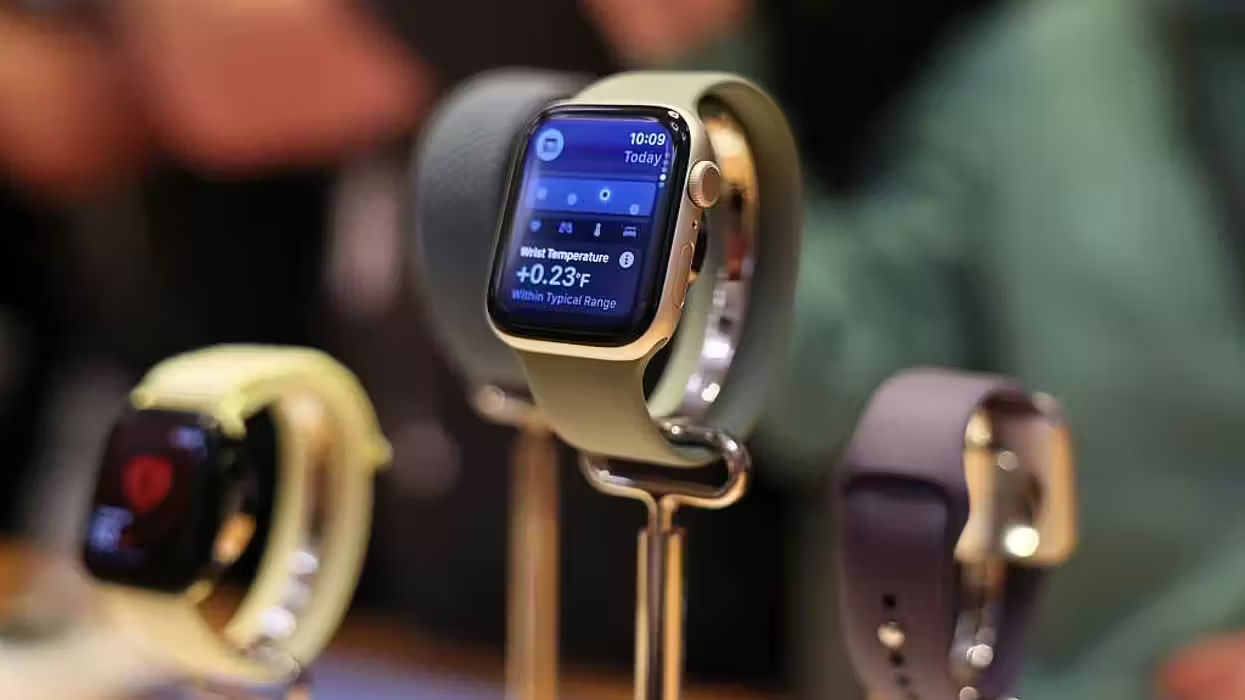
Photo by Michael M. Santiago/Getty Images

Level up the early adopter in your life — or your very own wrist.
The speed of tech is a formidable force, so we have paused to catch you up on the cutting-edge devices and gadgets you might want to bump to the top of your list if you're hoping to speedrun Black Friday this year.
Apple Watch is one of the best-selling wearables on the planet, largely due to its customization options, iconic style, and wide range of fitness features. However, while Apple used to add fun new sensors and capabilities every year, newer Apple Watches have reached a point of innovation stagnation. Aside from battery life improvements, last year’s Series 10 has all the new features that landed on the Series 11, including high blood pressure detection and sleep score tracking, plus all the usual tricks like heart rate monitoring, ECG scans, blood oxygen levels, AFIB detection, and more.
There’s no telling how long the gadgets on your list will be on sale.
While I do recommend an Apple Watch for anyone in the Apple ecosystem, your money would be better spent on a Series 10, if you can find one. Otherwise, you’re looking at $399 MSRP or more for a Series 11.
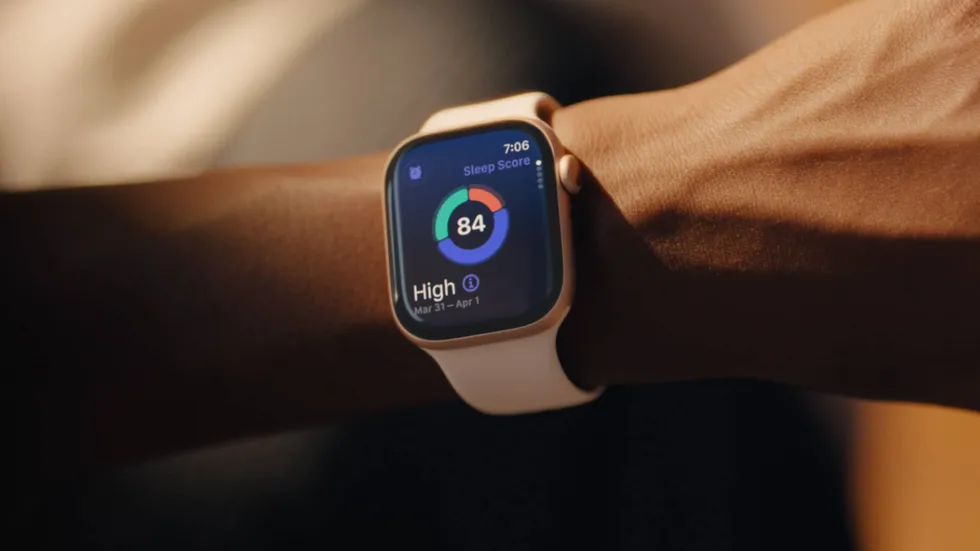
On the Android side, Pixel Watch has quickly become one of the best wearables available. With Fitbit integration, heart rate tracking, daily readiness scores, and a host of other features, Pixel Watch is the best that Android users can buy. As for which model deserves a spot on your wrist (or list), last year’s Pixel Watch 3 is where the device really started to hit its stride, while the newest Pixel Watch 4 for $349.99 adds quality-of-life improvements (40 hours of battery life per charge and a larger domed display) that further refine the experience. You’d be safe with either one of these under the tree this season.
The Pixel Watch 4: just like the 3, only better.Photo courtesy of Android
For anyone who wants an ultra-sleek or unconventional wearable fitness tracker, Oura Ring 4 is easily the best ring the company has ever made. With a new slimmer design, it looks more like a piece of jewelry than a tech gadget. It comes in a range of sizes and finishes from $249 to $499, and it tracks everything you’d expect from a larger smartwatch, including heart rate data, sleep and rest, and stress levels. Although Oura Ring is great for men and women, its added female health features make it especially great for the lady in your life.
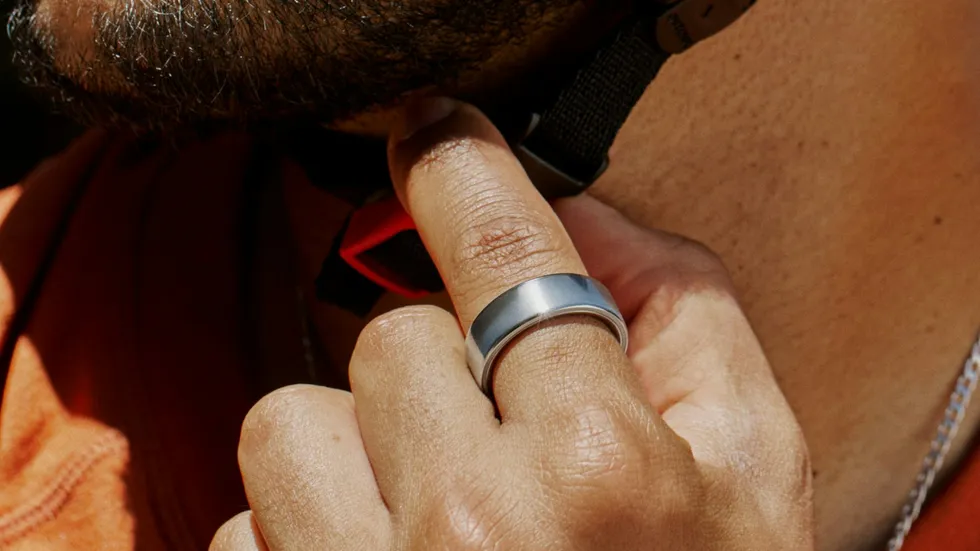
One more thing: Speaking of Fitbit, it’s easy to recommend a Charge series fitness band or Versa watch to anyone looking to slim down in the New Year. However, hold off for now. Google recently confirmed that new devices are on the way soon, so only buy a Fitbit this week if you get a really good discount.
For the more adventurous gift-giving type, a new product category is making waves in the tech space. From Apple to Google, Meta and more, everyone is trying their best to make augmented reality, virtual reality, and extended reality glasses, goggles, and headsets a thing. The category is still very young and OEMs are still trying to figure out exactly what users want, but if you’d like to try it out for yourself or with a loved one, here are a few devices to keep in mind.
Apple’s first foray into AR didn’t go so well. The first-generation Vision Pro was heavy, clunky, and very expensive. It didn’t sell in high numbers, either. However, that didn’t stop Apple from finally launching a sequel that hit shelves last month. With a much faster M5 chip and an improved dual-knit headband for comfort, the second-generation Vision Pro offers an immersive spatial computing experience that puts you directly inside your work, movies, and memories. If you ever wanted to know what it was like to wear an iPad on your face, this is the one to do it.
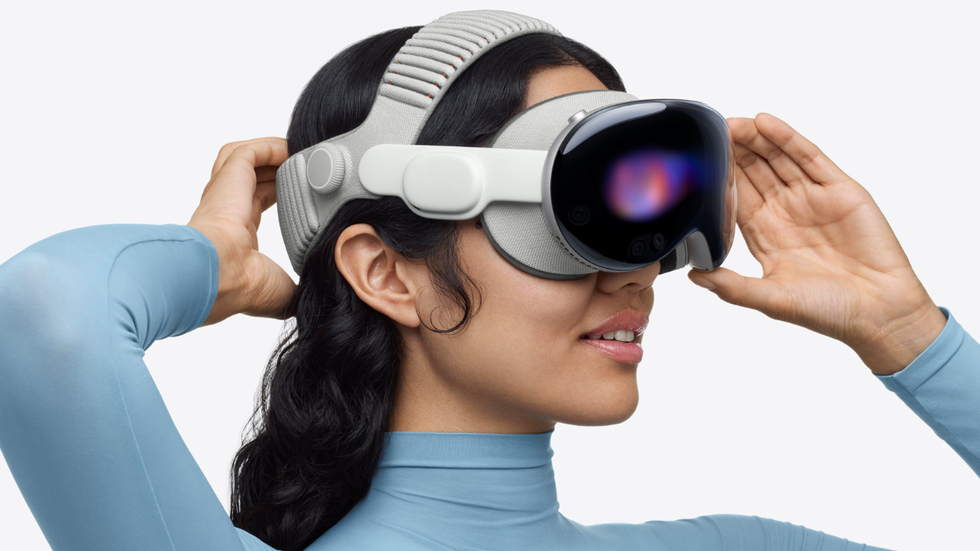
One more thing: Vision Pro is an impressive piece of tech, but keep in mind that developers have been slow to create apps for the headset. Nearly two years after the first version launched, several critical apps are still missing from the App Store, including YouTube, Netflix, and Spotify. At this point, there’s no telling if or when the platform will ever take off like iPhone, Apple Watch, and Mac, so only pick this one up if you’re really curious about AR/VR/XR.
RELATED: Fooled by fake videos? Unsure what to trust? Here's how to tell what's real.
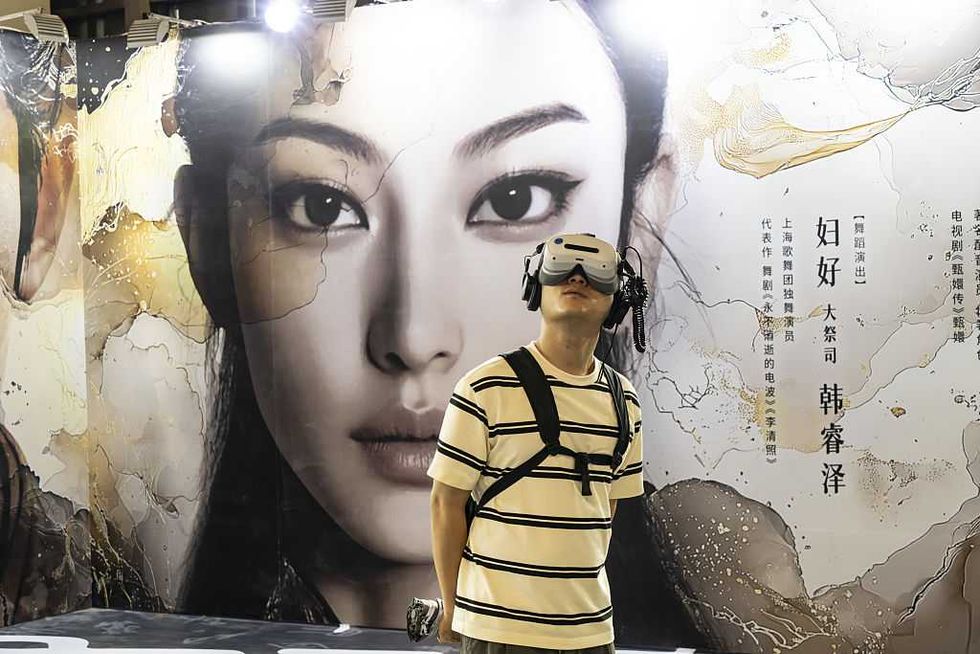
Almost one full year ago, Google announced its glasses operating system called Android XR. Even then, the company hinted that the first Android XR device would come from Samsung, and after months of teases and unveils, it is finally here. Samsung Galaxy XR is Android’s first direct Apple Vision Pro competitor. Using the same concept — building a product that lets users dive directly into the action — Galaxy XR differentiates itself in several key ways. For starters, Gemini sits at the center of the user experience, helping users navigate the UI, pull up information, and learn more about whatever they see on their screens. The device itself is also lighter than Vision Pro, making it easier to wear for longer sessions. Android XR supports most apps already found on the Google Play Store, which means it does have access to YouTube, Netflix, and other entertainment apps, all ready to go.
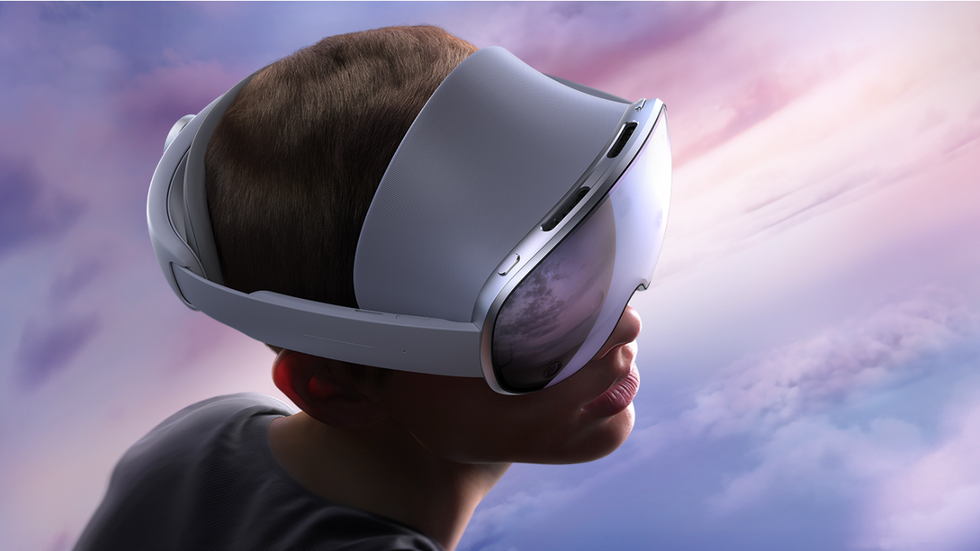
One more thing: While Samsung Galaxy XR is an interesting alternative to Apple Vision Pro, its underlying software is brand-new. Developers will likely make tweaks and squash bugs as they flesh out the feature list for Android XR. It’s also worth noting that Google has a reputation for killing projects early if they don’t amass a large user base within the first several years. In other words, if the Samsung Galaxy XR isn’t a success, Android XR may get the axe sooner than later. No one has a crystal ball, though, so it’s hard to predict what will happen until a bit more time has passed.
Where Apple Vision and Samsung Galaxy XR are meant to be worn while sitting down in a controlled space, Ray-Ban Meta Glasses (Gen 2) are smart glasses that are meant to be worn with you out in the world. These don’t have displays, but they have built-in cameras controlled by an AI assistant that can see what you see and tell you about the world around you in real time. Ask it about the architecture of a building, capture high-quality videos and photos of memories as they happen in front of you, or play music through the built-in open-air speakers. If you ever wanted an AI assistant for your face, Ray-Ban Meta Glasses (Gen 2) are a good place to start.

The Black Friday deals have already started to roll out, and many of them will carry into Cyber Monday and the weeks leading up to Christmas. Still, there’s no telling how long the gadgets on your list will be on sale, so grab them sooner rather than later to make sure you have exactly what you want under the tree.
Happy Black Friday weekend and merry Christmas!
Zach Laidlaw